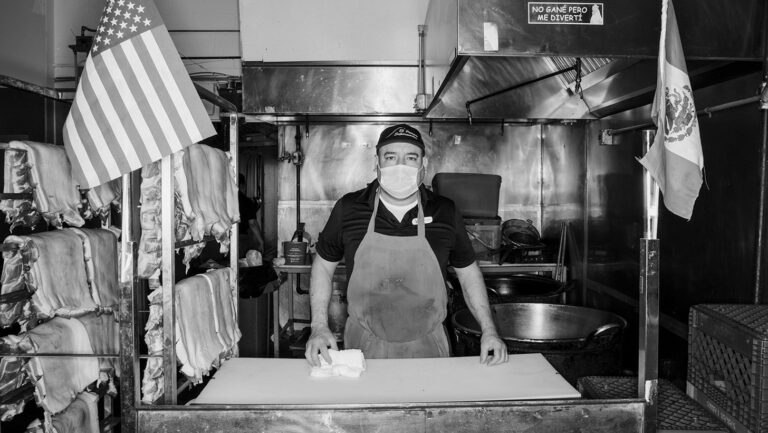Santa Fe Opera
Falstaff
Giuseppe Verdi
June 27; July 2, 5, 11, 29; Aug. 4, 11, 16, 19, 23
The Marriage of Figaro
Wolfgang Amadeus Mozart
June 28; July 4, 9, 18, 28; Aug. 2, 5, 9
Billy Budd
Benjamin Britten
]July 12, 16, 25, 31; Aug. 6, 14, 21
Radamisto
Georg Frideric Handel
July 19, 23; Aug. 1, 7, 15, 20
Adriana Mater
Kaija Saariaho
July 26, 30; Aug. 8, 12









